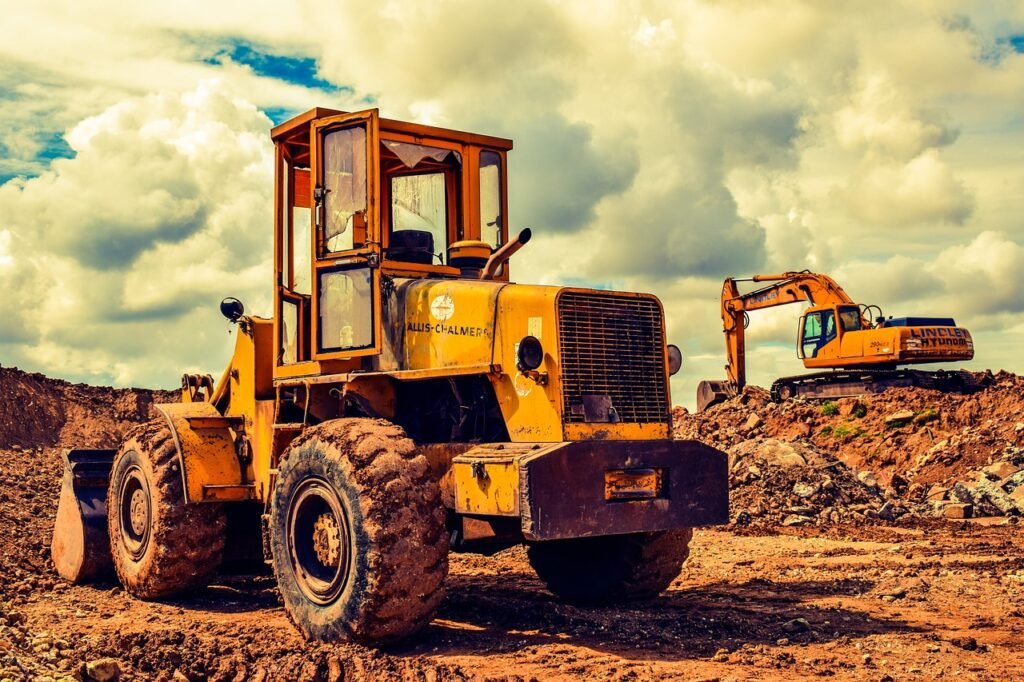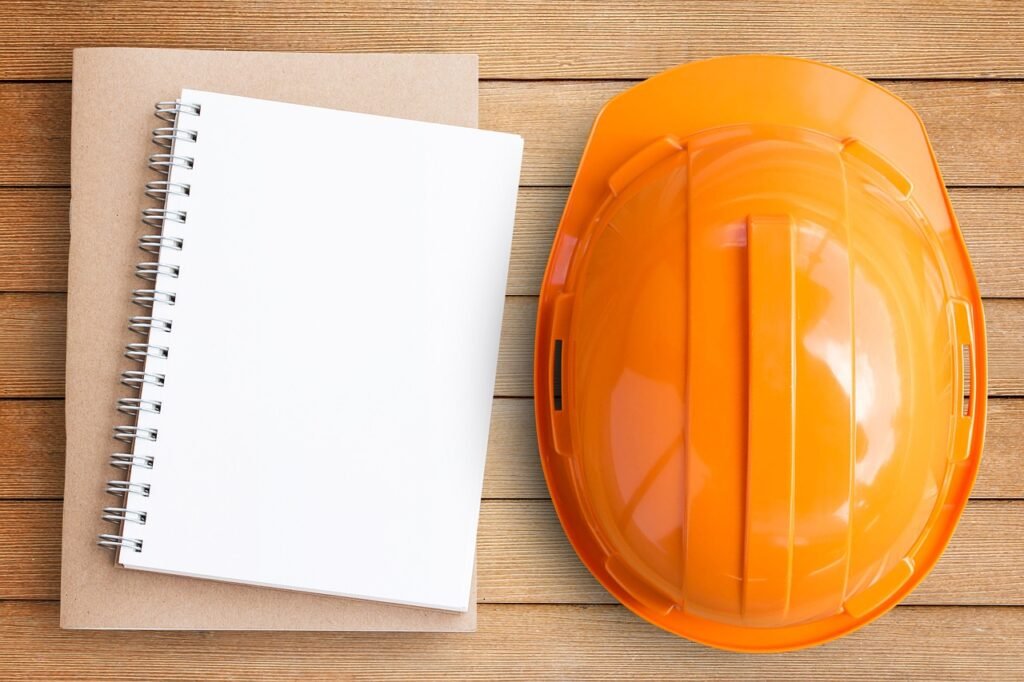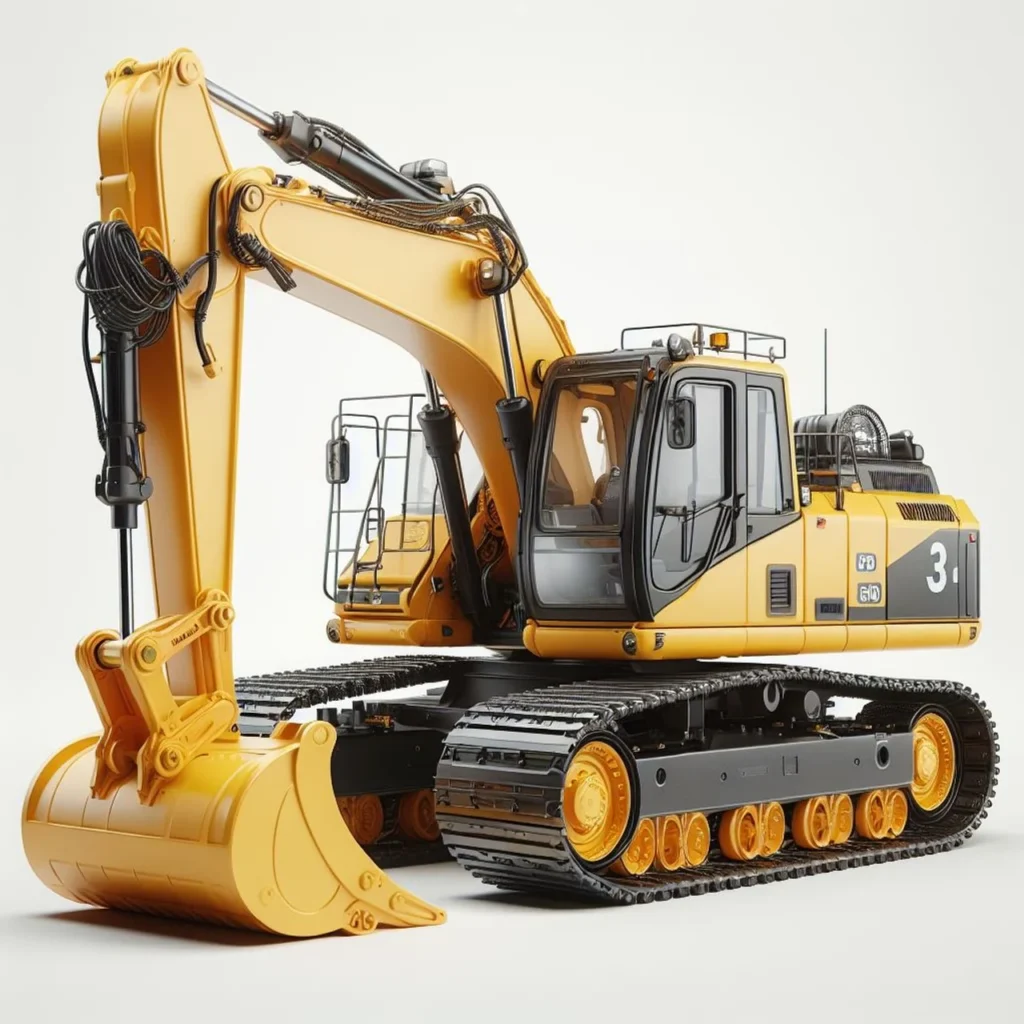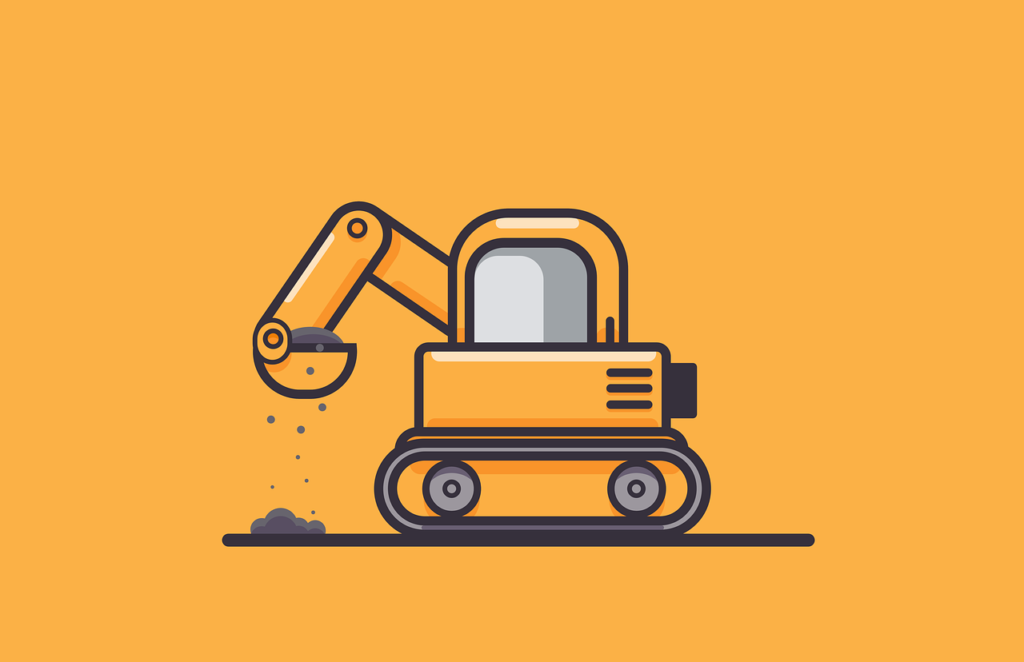Construction sites require a range of vehicles to facilitate the smooth execution of various tasks.
While large machinery like cranes and excavators often steal the spotlight, small vehicles play an equally important role in the construction industry.
These compact and versatile vehicles are essential for transporting materials, tools, and personnel around the site, as well as for performing specific tasks that require precision and agility.
In this article, we will explore some of the small vehicles commonly used in construction and their specific functions.
1. Skid Steer Loaders
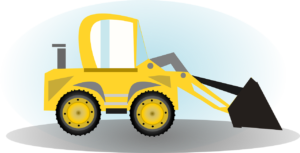
Skid steer loaders are compact, four-wheeled vehicles equipped with a front-mounted bucket or attachment system.
They are highly maneuverable and can operate in tight spaces, making them ideal for construction sites with limited access.
Skid steer loaders are commonly used for tasks such as loading and unloading materials, excavation, grading, and site cleanup.
With their interchangeable attachments, they can also be used for tasks like trenching, drilling, and snow removal.
2. Mini Excavators
Mini excavators, also known as compact excavators, are small hydraulic excavators design for digging and trenching in confined areas.
These versatile machines are equip with a boom, bucket, and cab mountain on a rotating platform, allowing them to perform a wide range of tasks.
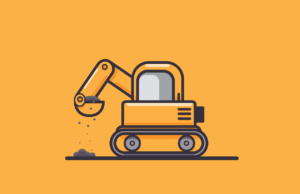
Mini excavators are commonly use for digging foundations, trenches, and holes, as well as for demolition, landscaping, and utility work.
Their compact size makes them ideal for working in urban areas or sites with limited space.
3. Compact Track Loaders
Compact track loaders are similar to skid steer loaders but feature a tracked undercarriage instead of wheels.
This design provides increases traction and stability, making them suitable for rough or uneven terrain.
Compact track loaders are commonly used for tasks such as grading, excavation, material handling, and site cleanup.
Their ability to navigate challenging conditions, such as muddy or sandy surfaces, makes them valuable assets on construction sites.
4. Utility Vehicles

Utility vehicles, also known as side-by-sides or UTVs, are small, off-road vehicles design for transporting personnel and equipment across construction sites.
They typically feature a seating capacity for two to six occupants and a cargo bed for carrying tools, materials, or small machinery.
Utility vehicles are commonly use by construction crews to move quickly and efficiently between different areas of a site.
They are also useful for tasks that require transporting lightweight materials or navigating rough terrain.
5. Compact Wheel Loaders
Compact wheel loaders are versatile machines used for a variety of construction tasks.
They are equip with a front-mounted bucket or attachment system and feature a rigid frame and four-wheel drive.
Compact wheel loaders are commonly used for tasks such as material handling, loading and unloading trucks, site cleanup, and snow removal.
Their compact size and maneuverability make them suitable for both indoor and outdoor construction projects.
6. Articulated Dump Trucks
Articulated dump trucks, also known as ADTs, are small, off-road vehicles designed for transporting heavy loads over rough terrain.
They feature a two-part body with a hinge in the middle, allowing the front and rear sections to articulate independently.
This design provides excellent maneuverability and stability, even on uneven ground.
Articulated dump trucks 🚒 are commonly used for tasks such as hauling earth, gravel, or other materials on construction sites.
Their ability to navigate challenging terrain makes them valuable assets for earthmoving and site preparation.
Conclusion
While large machinery often takes center stage in the construction industry, small vehicles play a crucial role in ensuring the smooth operation of construction sites.
Skid steer loaders, mini excavators, compact track loaders, utility vehicles, compact wheel loaders, and articulated dump trucks are just a few examples of the small vehicles used for construction purposes.
Each vehicle has its specific functions and advantages.
Allowing construction crews to perform tasks efficiently and effectively.
By utilizing the right combination of small vehicles, construction companies can maximize productivity and ensure the successful completion of their projects.

